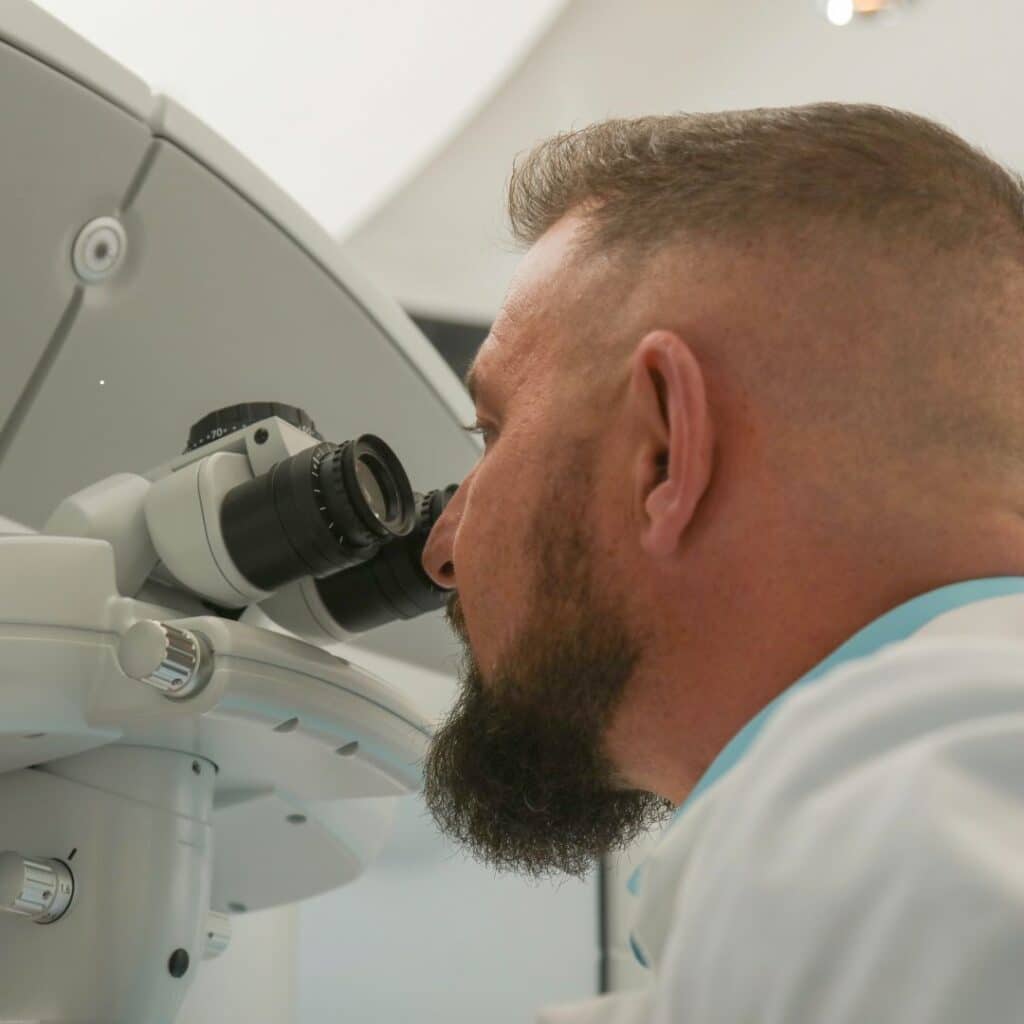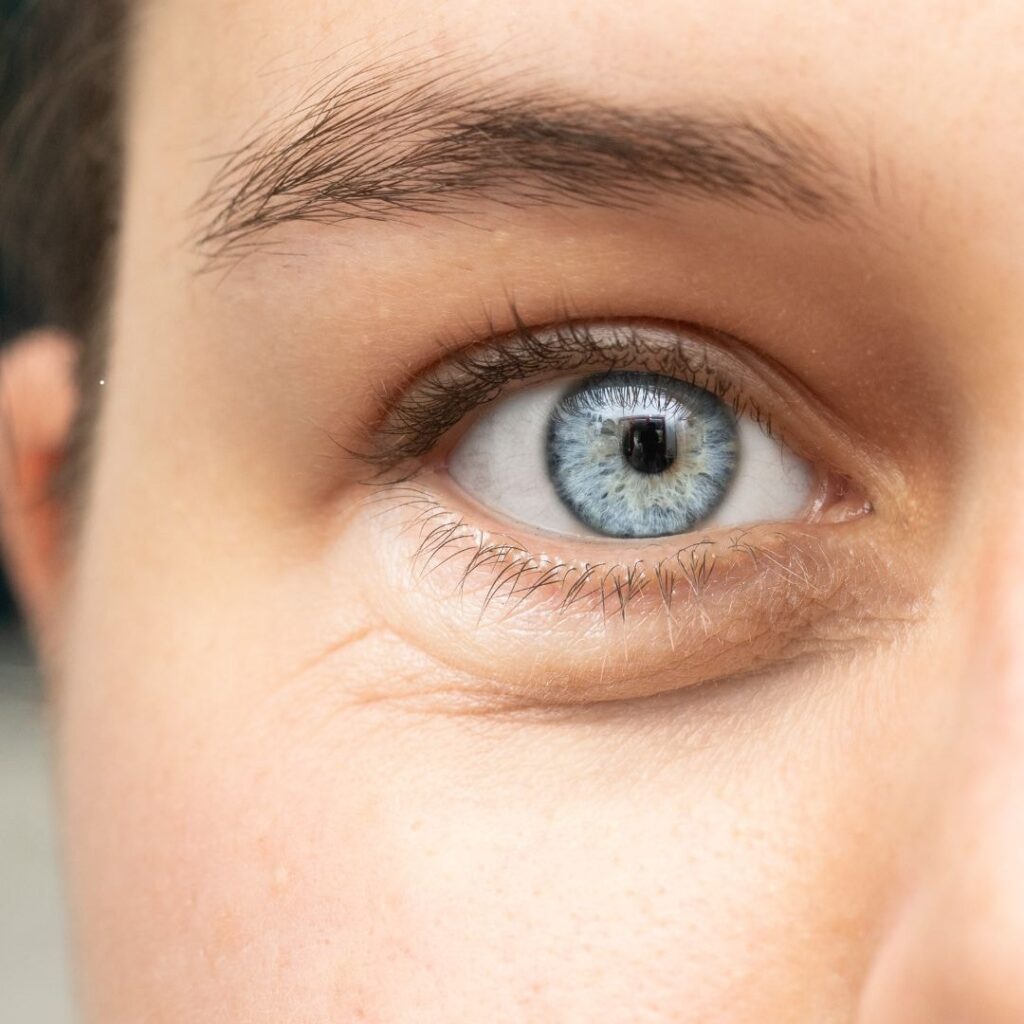LASIK surgery, or Laser-Assisted In Situ Keratomileusis, is a popular vision correction procedure designed to reduce or eliminate the need for glasses or contact lenses. By reshaping the cornea, LASIK improves the eye's ability to focus light directly onto the retina, enhancing visual clarity. It is primarily used to treat common refractive errors such as myopia (nearsightedness), hyperopia (farsightedness), and astigmatism. But, can you get LASIK twice?
Despite its high success rate, some patients may experience changes in their vision over time or may not achieve the desired level of correction from the initial procedure. In such cases, a LASIK enhancement or second LASIK eye surgery might be considered to further refine the vision correction. Common reasons for a secondary procedure include age-related changes in vision, initial under-correction, or regression of vision.
At TVLC, our team of eye doctors is committed to providing the best care and information to our patients. In this article, we will discuss the important facts about getting laser eye surgery twice and what you should know before considering a secondary procedure.
Book Your Appointment Today & See The World Clearly!
LASIK surgery works by reshaping the cornea, the clear front part of the eye, to correct refractive errors. This procedure uses a precise laser to remove tissue from the cornea, improving how light is focused onto the retina, therefore enhancing visual acuity. Research indicates that 90.7% of LASIK patients achieve 20/20 vision or better 1 month after LASIK surgery, showcasing the procedure's effectiveness.
After LASIK surgery, most patients experience improved vision almost immediately, though full recovery and stabilization can take several weeks. It is common to encounter temporary side effects such as dry eyes and glare, but these typically resolve over time. Success rates are high, with most patients achieving significant improvements in vision, reducing or eliminating their dependence on glasses or contact lenses.
When considering a second LASIK procedure, understanding the potential reasons for needing another surgery is essential. Three main factors typically lead to the consideration of a LASIK enhancement surgery:
Vision regression occurs when the effects of LASIK diminish over time, causing a return of refractive errors. This change can be due to the natural healing process of the eye, where the corneal tissue may partially revert to its original shape.
In some instances, the initial LASIK procedure may not fully correct the refractive error, leading to suboptimal results. This could mean the patient didn't achieve the level of vision improvement expected or desired.
Reasons for under or overcorrection may include variations in healing, corneal thickness, or inaccurate assessments of the initial refractive error. Each patient's unique corneal response to the laser may also play a role.
As individuals age, particularly as they reach their 40s and beyond, presbyopia, a condition affecting near vision, typically develops. This is due to the gradual stiffening of the eye's lens, which impacts its ability to focus on close objects. While LASIK effectively addresses specific refractive errors, it does not prevent or correct presbyopia.
Before deciding on a second LASIK surgery, evaluating the overall eye health is critical. This involves a thorough examination to ensure that your eyes are in good condition to undergo another procedure safely.
The health and condition of the cornea are essential factors when considering a second LASIK surgery. It is crucial for the cornea to be in optimal condition, free from any diseases, scars, or excess dryness that could compromise the procedure's success or safety. An ophthalmologist will conduct a comprehensive assessment to determine if your eyes are healthy enough for another surgery, ensuring no underlying conditions could pose risks.
To assess candidacy for a second LASIK procedure, your doctor will conduct a series of tests to examine corneal health, thickness, and stability of vision correction results. This evaluation helps ensure that your eyes haven’t developed any new issues since the initial surgery.
Corneal thickness is a crucial determinant of eligibility for a second LASIK procedure. Adequate thickness is needed because further reshaping will remove additional corneal tissue, and preserving corneal integrity is vital for maintaining eye health and vision quality.
Thin corneas present increased risks during repeat LASIK procedures, primarily because they may not support further tissue removal without compromising visual stability. Potential complications can include corneal ectasia, where the cornea becomes too weak to maintain its shape, leading to distorted vision.
Waiting an appropriate amount of time between LASIK surgeries is critical to allow the eyes to fully heal and stabilize. This period ensures that any vision changes are accounted for and that the initial procedure's effects have settled, providing a more predictable outcome for the second surgery.
The recommended waiting period between enhancement LASIK surgeries typically averages around a year. This time frame allows the eyes to adjust and adequately heal. Factors influencing this include individual healing rates, the stability of vision correction, and specific requirements of the patient's eyes. Each case may vary, necessitating personalized assessments and recommendations from the treating ophthalmologist.
At Texas Vision & Laser Center, we understand that undergoing a second LASIK surgery can be a scary prospect. That's why our experienced team of eye surgeons and specialists carefully evaluate each patient's unique situation to determine the best course of action.
We're dedicated to providing personalized, thorough care and giving you all the information necessary to make informed decisions about your laser vision correction journey. Our goal is always to help you achieve optimal vision results safely and effectively, whether it's through LASIK or other options.
If you are considering a repeat LASIK procedure, please contact us to schedule a consultation.
Book Your Appointment Today & See The World Clearly!
If you're considering a second LASIK procedure, it's crucial to weigh the potential risks and considerations carefully. Understanding the risks, effectiveness, and alternatives can aid in making a well-informed decision regarding your vision care.
Second LASIK procedures inherently carry a heightened risk of complications. This increased risk is due to the cumulative effects of removing more corneal tissue, which can impact the eye's structural integrity and health.
Patients may experience common postoperative issues such as dry eyes, halos around lights, and other visual disturbances. These symptoms can vary in severity and duration, and while they are usually temporary, they are essential considerations for those contemplating additional surgery.
The effectiveness of a second LASIK surgery may not match the level of improvement experienced with the initial procedure. Success rates can vary, and some patients may not achieve the same clarity of vision.
Due to the potential risks and limitations associated with a second LASIK procedure, alternative vision correction options may be preferable.
PRK, or Photorefractive Keratectomy, is a viable alternative to LASIK, especially for individuals with thin corneas or other contraindications to LASIK. PRK reshapes the corneal surface without creating a corneal flap, offering similar vision correction results.
For those who prefer not to undergo another surgical procedure, contact lenses or eyeglasses remain practical and effective options for managing residual refractive errors. These non-surgical options can provide flexibility and minimal adjustment to daily life.
A second LASIK surgery can offer several compelling benefits for those experiencing incomplete vision correction after their first procedure.
When considering a second LASIK surgery, it is essential to engage in a thorough discussion with your surgeon. Asking the right questions can empower you to make informed decisions and set realistic expectations.
Before committing to a repeat LASIK procedure, ensure that you ask your surgeon key questions to understand the potential outcomes and limitations. Here are a few questions you should ask:
Choosing a surgeon with experience in performing second LASIK surgeries is vital for a successful outcome. Look for a surgeon who specializes in refractive surgeries and has a proven track record with enhancements. Their experience should include familiarity with the latest technologies and techniques.
For example, here at TVLC, our eye surgeon, Dr. Jason D. Bullajian, is a board-certified eye doctor, LASIK surgeon, and cataract surgeon. With nearly 20 years of experience, Dr. Bullajian is a leader in the field of refractive surgery, performing over 10,000 cataract and refractive surgery procedures.
Rest assured that our team at TVLC is committed to providing you with the best possible care, whether it's for your initial or repeat LASIK procedure. Our focus remains on giving you exceptional vision results and comprehensive support throughout your journey to improved vision.
Book Your Appointment Today & See The World Clearly!
The short answer is yes; it is possible to have more than one LASIK surgery. However, whether or not you are a good candidate for a second procedure depends on several factors, including your eye health, age, and the reason for the first surgery.
If you're uncertain about your candidacy for a second LASIK surgery, don't hesitate to book an appointment with us today. Our experienced team is here to evaluate your situation and guide you toward the best vision correction option for your needs.
Book Your Appointment Today & See The World Clearly!



